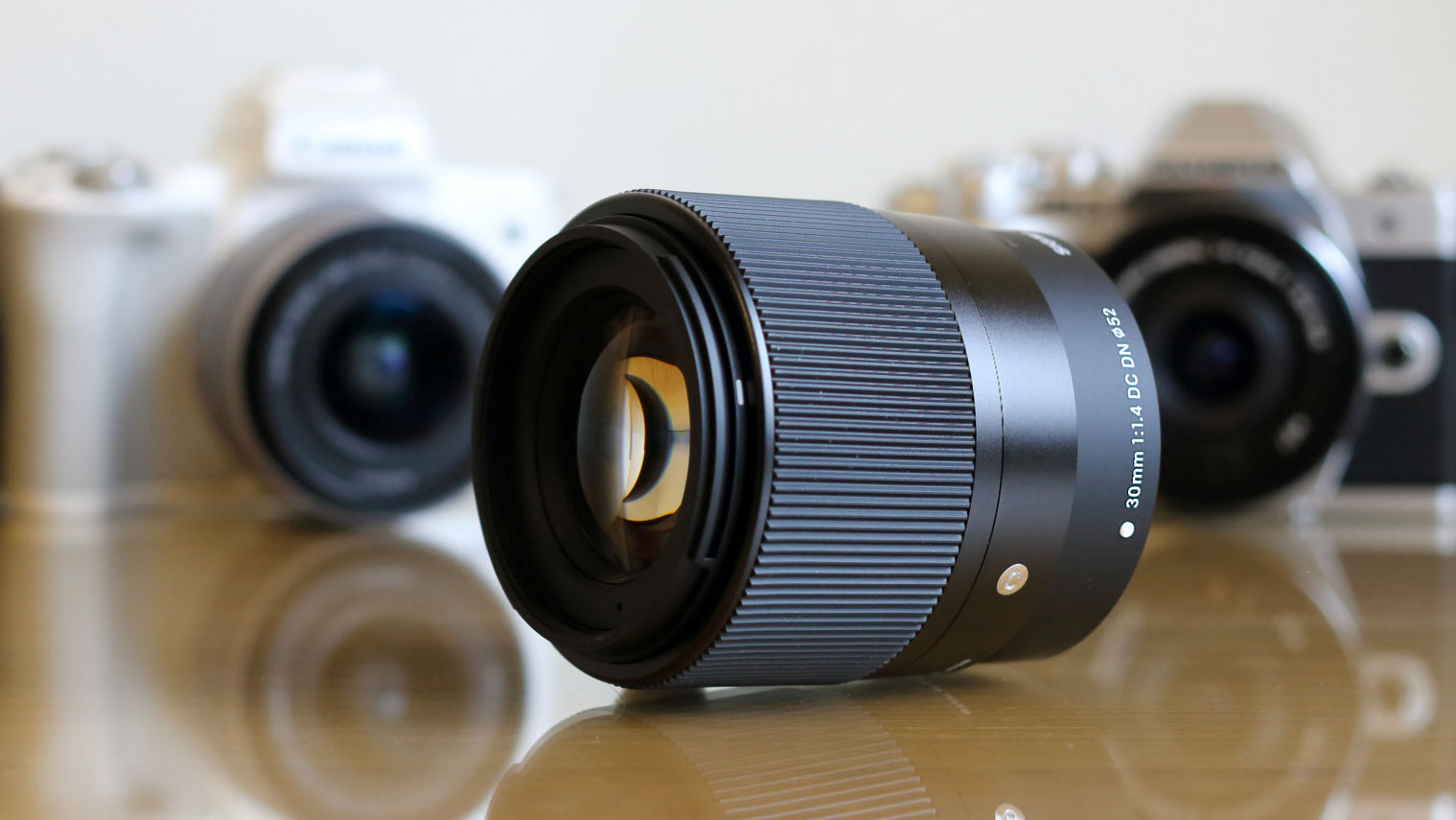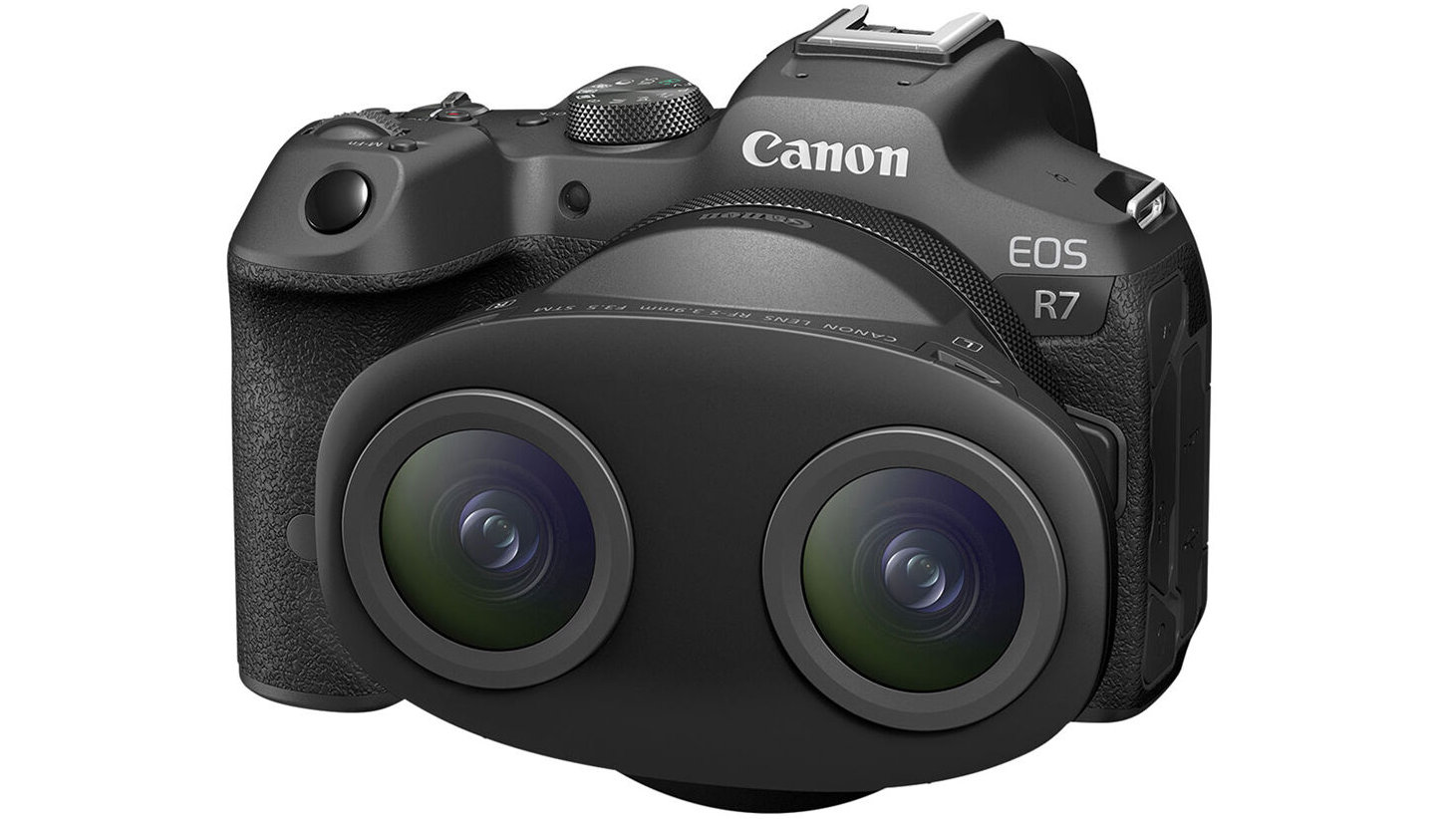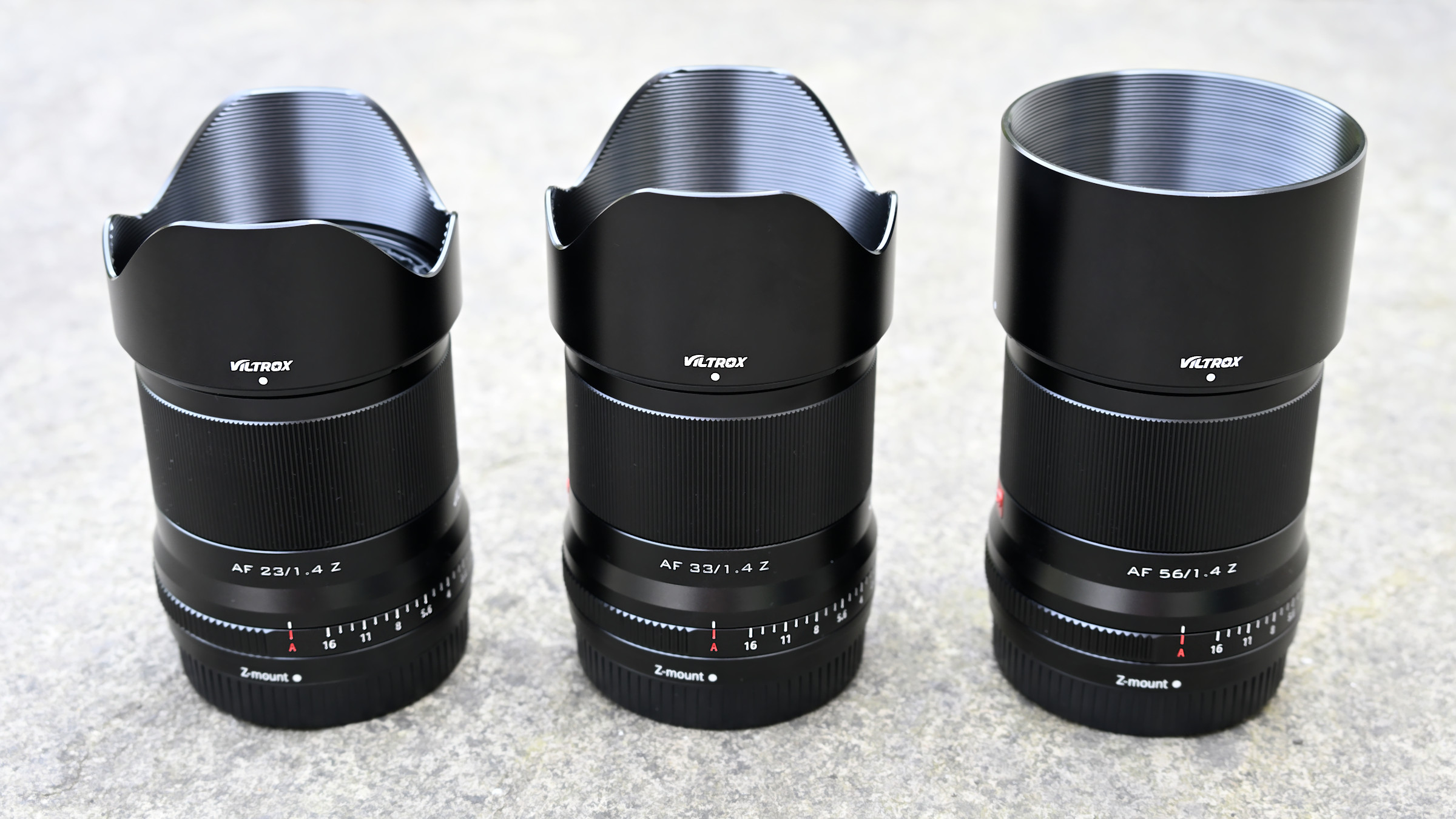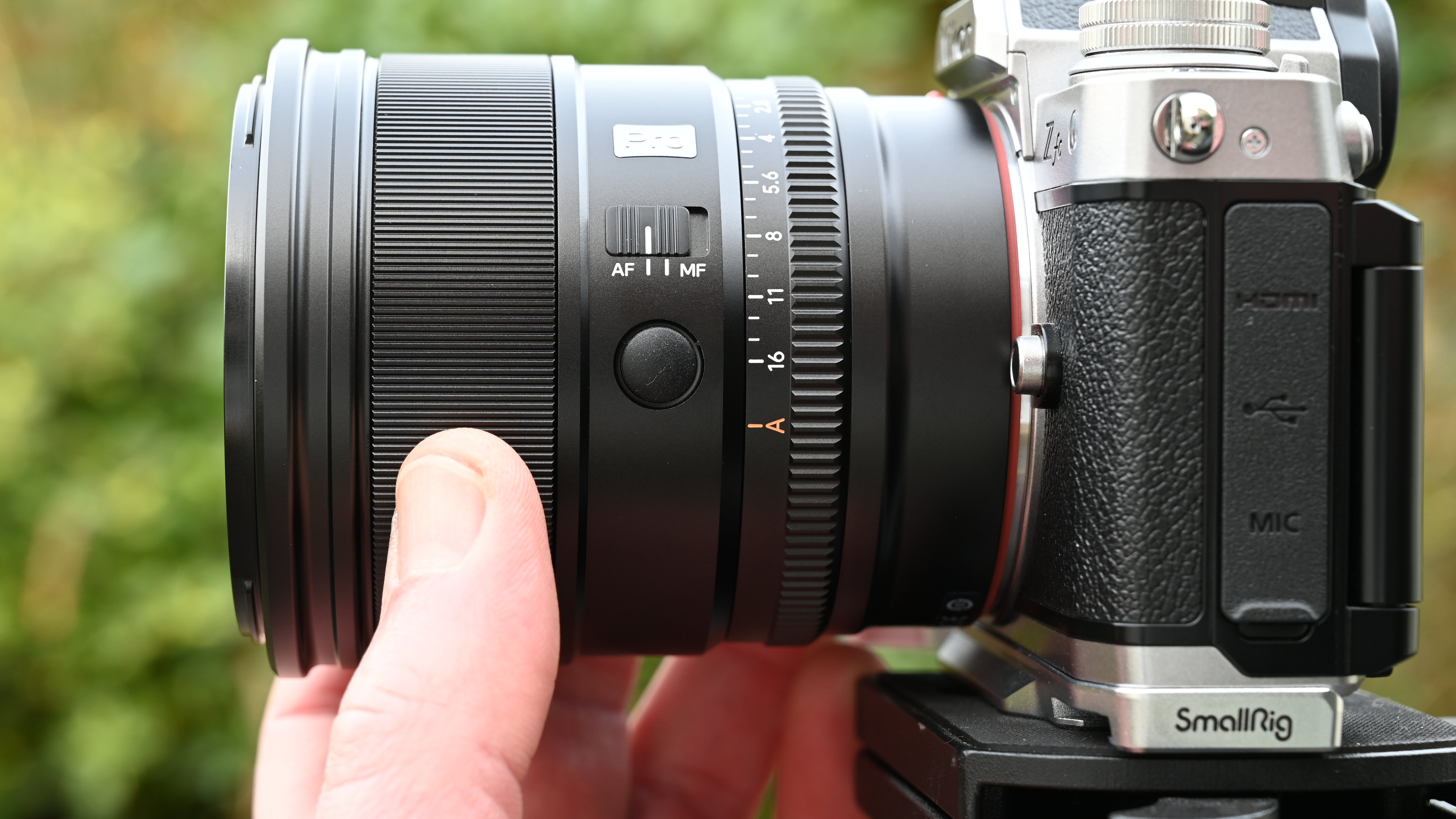
I do love a bit of prime time. Sure, zoom lenses are very versatile and convenient. But especially for the latest Canon and Nikon APS-C format mirrorless cameras, the choice is limited – and aperture ratings tend to be slow towards the long end of the zoom range.
Naturally, you can use full-frame compatible lenses on crop-sensor cameras for both manufacturers. But I feel that’s missing the point. If I’m going to invest in an APS-C camera body, I’d like purpose-built glass to go with it – making the most of the relatively compact and lightweight form factor.

I’ve been very much impressed with APS-C powerhouse cameras like the Canon EOS R7 and Nikon Z50 II. In our reviews, my colleagues said that the Canon combines unparalleled speed and resolution, while the Nikon delivers pro power in a baby body. So where are the prime lenses to match the performance of these bodies?
At the time of writing, there are no Canon brand RF-S primes apart from a couple of Dual Fisheye for 3D VR creation, which really isn’t my bag. Nikon makes just one prime, the Nikon Z DX 24mm f/1.7, a basic, low-budget affair.
Even with a lot more E-mount running time on the clock, Sony only has eight APS-C format primes on its books, whereas Fujifilm is vastly out in front with no less than 24 X-mount primes for its APS-C mirrorless cameras.

I might be barking mad, but I thought the whole point of ‘system’ cameras with interchangeable lenses is that you have a supporting range of good lenses to put on your camera body.
And certainly in the case of Canon and Nikon, there are precious few APS-C format zooms to choose from and next to no primes.

But hang on a minute, there is some good news. You don’t have to stick with own-brand Nikon Z DX primes for Z system APS-C bodies. Seizing on the opportunity, I bought a full set of excellent but very reasonably priced Viltrox AF 13mm, 23mm, 33mm and 56mm lenses for my Nikon Z fc camera, all with fast f/1.4 aperture ratings. The AF 13mm is a little larger than the original trio but still very manageable.
There’s also a set of pricier APS-C format Sigma 16mm, 30mm and 56mm DC DN | Contemporary primes, again with f/1.4 aperture ratings and available in Canon EF-M, Fujifilm X, L-mount, Micro Four Thirds, Nikon Z and Sony E mount options. And Sigma is spreading the love to Canon EOS R system mirrorless cameras, since it finally got the green light from Canon.
For a properly pro-grade and super-fast prime, there’s the Viltrox AF 27mm F1.2 Pro, available in Nikon Z DX, Fujifilm X and Sony E mount options.

I really hope that Canon and Nikon will ramp up their APS-C format prime lens production in 2025 but, if they don’t, at least we can look forward to some more very viable alternatives from independent manufacturers.
You might also like…
Take a look at the best Canon RF lenses and the best Nikon Z lenses – typically dominated by first-party full-frame glass, but there's some APS-C goodness creeping in!







